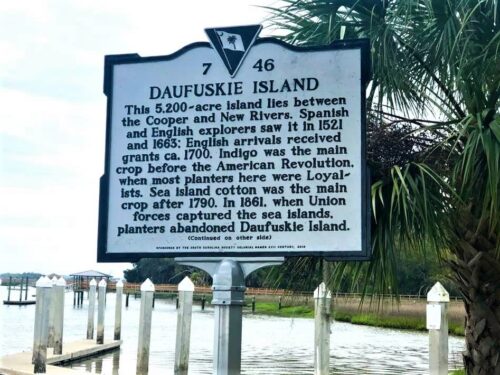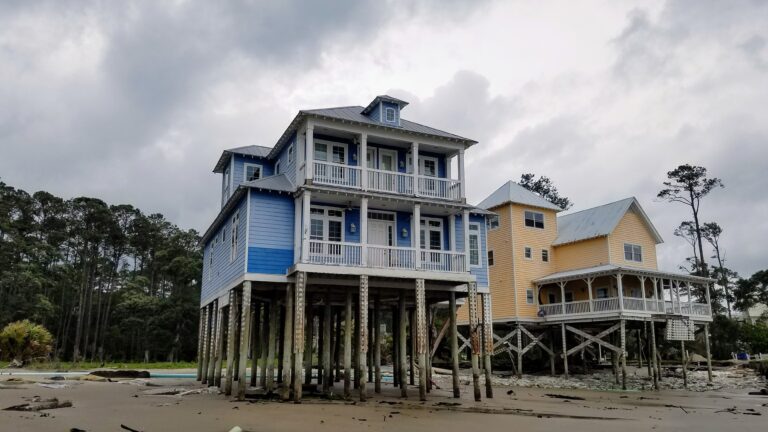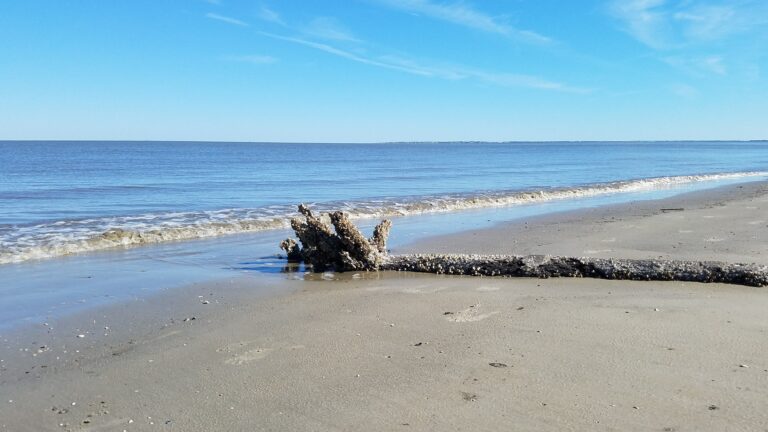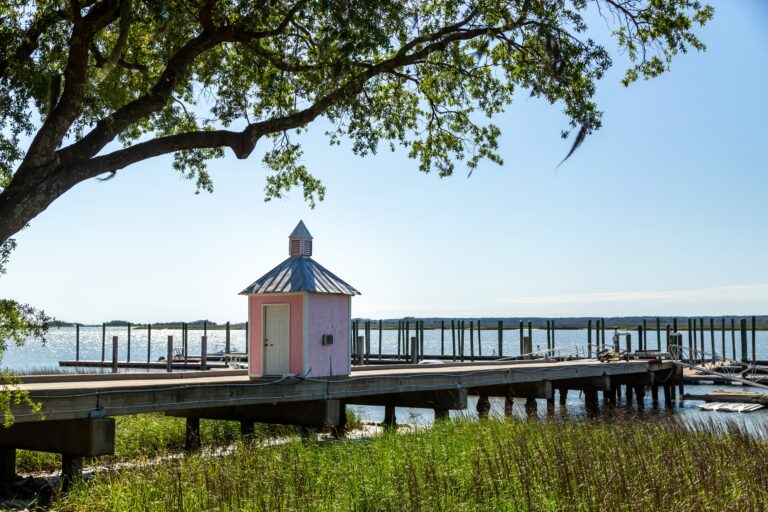Best Time to Visit Daufuskie Island (Month-by-Month Guide)

Ever wondered where to find a slice of paradise without bridges, traffic lights, or the chaos of modern life?
That’s exactly what you’ll get on Daufuskie Island – a hidden gem tucked between Hilton Head and Savannah where time seems to stand still. As someone who’s obsessed with finding places that still have that authentic vibe, I can tell you this little South Carolina treasure is worth the boat ride.
But timing is everything when visiting an island. The wrong month could mean sweating through your clothes or battling mosquitoes the size of small birds. The right month? Pure magic.
Let’s break down exactly when you should book that ferry ticket to maximize your Daufuskie experience (and when you might want to stay far, far away).
Why Daufuskie Island Hits Different
First off, this place is only accessible by boat. That alone filters out the tourist hordes and preserves its secluded charm.
Picture ancient oak trees draped in Spanish moss lining dirt roads. A rich Gullah heritage that’s still alive in the culture. Zero chain restaurants or big box stores.
Instead, you’ll find:
- Historic landmarks like the Haig Point Lighthouse
- Miles of pristine beaches where you might be the only soul in sight
- Local artisans keeping traditional crafts alive
- A pace of life that forces you to slow down and breathe
It’s like stepping back in time, but with just enough modern comforts to keep it from feeling primitive.
Weather Breakdown: When to Go (And When to Stay Home)

Daufuskie enjoys that sweet subtropical climate with mild winters and warm summers. But there’s a big difference between “warm” and “help-I’m-melting” hot.
Winter (December-February)
Highs around 60°F, lows around 40°F. Moderately chilly, breezy, with a 23% chance of rain on any given day.
Pros: Way fewer people, no bugs trying to eat you alive
Cons: Too cold for swimming, some amenities have limited hours
Spring (March-May)
Temperatures climb from the 60s to the 70s. March can be unpredictable (between 34°F and 81°F), but April and May? Chef’s kiss.
Pros: Perfect sightseeing weather, flowers blooming everywhere
Cons: Spring break can bring more visitors in certain weeks
Summer (June-August)
Highs in the upper 80s with that famous Southern humidity making it feel like a sauna.
Pros: Warm water perfect for swimming, all amenities open
Cons: Hot. So hot. And the bugs are hunting humans for sport.
Fall (September-November)
Temperatures cool down to the 60s-70s. October is the sweet spot with highs around 78°F.
Pros: Warm but not sweltering, fewer bugs, smaller crowds
Cons: Hurricane season (though direct hits are rare)
The Golden Window: The BEST Time to Visit

If I had to pick the absolute prime time for Daufuskie, I’d circle April, May, and October on your calendar.
These months hit the sweet spot of:
- Mild temperatures (not too hot, not too cold)
- Lower humidity (your hair will thank you)
- Fewer bugs (your skin will thank you)
- Smaller crowds (your sanity will thank you)
April and May are ideal for exploring the island’s historic sites and natural beauty. The Melrose Beach Club Pool is open, and water sports are in full swing without the summer crush.
October might be my personal favorite. The water’s still warm enough for swimming, the temperatures are perfect for outdoor adventures, and you might even spot endangered right whales offshore.
The Crowd Factor
Daufuskie is never going to feel like Times Square (thank goodness), but there is definitely a rhythm to the crowds.
Summer (June-August): The busiest time, especially weekends. Expect to share your slice of paradise with more people than usual.
Winter and Off-Season: Dramatically quieter. You might feel like you have parts of the island all to yourself.
Here’s a little insider tip: Sundays and Mondays tend to be the quietest days of the week, regardless of season. The weekend visitors have left, and the new arrivals haven’t come yet.
Unique Seasonal Experiences

Each season on Daufuskie offers something special:
Winter Exclusives
- Horseback riding on the beach is only permitted during off-season months
- More intimate dining experiences at places like Lucy Bell’s Cafe
- The purest sense of island solitude
Spring Highlights
- Vibrant wildflowers and lush landscapes
- Perfect weather for renting a golf cart and exploring the full island
- First Union African Baptist Church and other historic sites without the crowds
Summer Activities
- Full water sports program in action
- Livelier atmosphere with seasonal events
- Best time for families with school-aged kids
Fall Specialties
- Comfortable temperatures for longer outdoor adventures
- Better fishing opportunities
- More wildlife sightings as migratory patterns shift
First-Timer Tips: Don’t Make These Mistakes

If you’re planning your first Daufuskie adventure, keep these essentials in mind:
Transportation is key – The island is only accessible by boat, so book your ferry or water taxi well in advance. The Daufuskie Island Ferry is your main option.
Golf carts rule the roads – Forget cars. Golf carts are the transportation method of choice, and rentals are available right at the dock.
Pack strategically – Bring comfortable clothes, sunscreen (even in winter), bug spray (triply important in summer), and layers for evening temperature drops.
Cash is king – While more businesses are accepting cards now, having cash on hand is still smart for smaller vendors.
Cell service can be spotty – Download maps and info before arriving, or better yet, embrace being a bit disconnected.
So when should you visit Daufuskie Island? If you hate crowds, prioritize winter or fall. If perfect weather is your goal, aim for April, May, or October. If swimming and water activities top your list, summer is your season (just bring industrial-strength bug spray).
But honestly? There’s no bad time to experience this magical little island. Each season offers its own flavor of escape from the modern world.
Just remember – whether you’re exploring the Bloody Point Lighthouse or sampling spirits at the Daufuskie Island Distillery, you’re experiencing one of the last authentic coastal treasures on the Eastern Seaboard.







